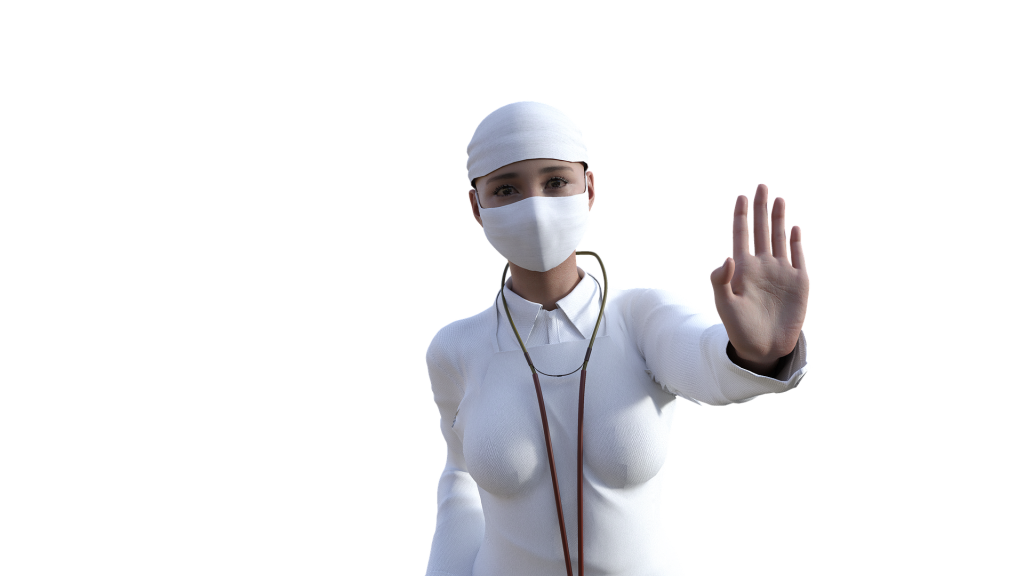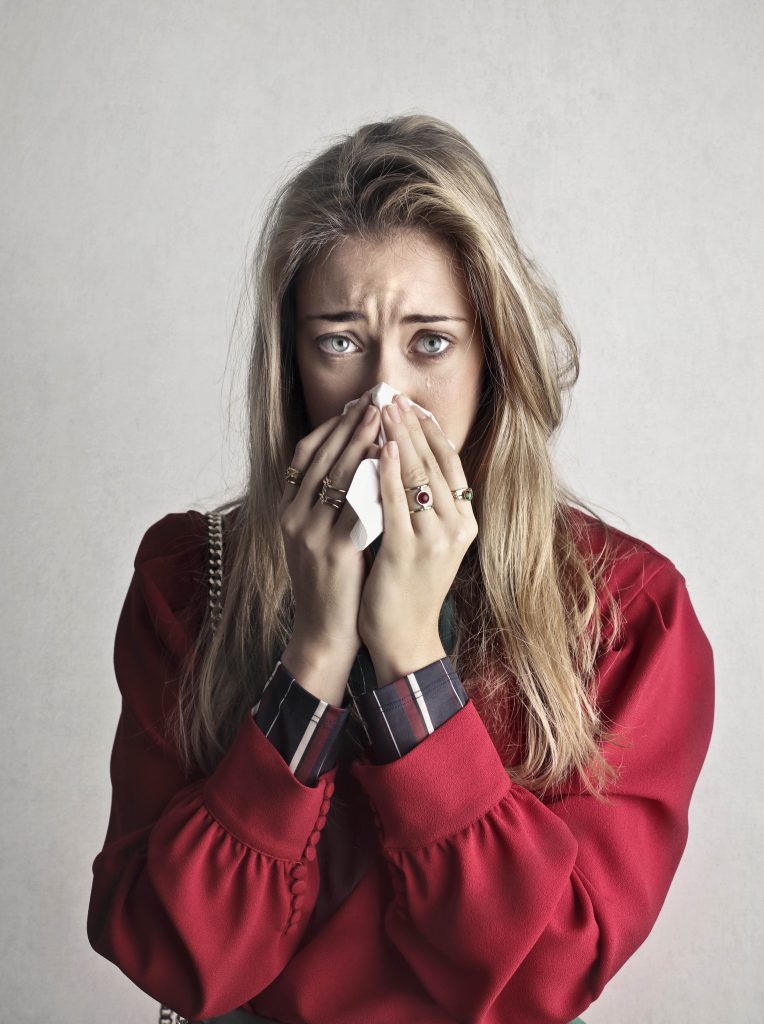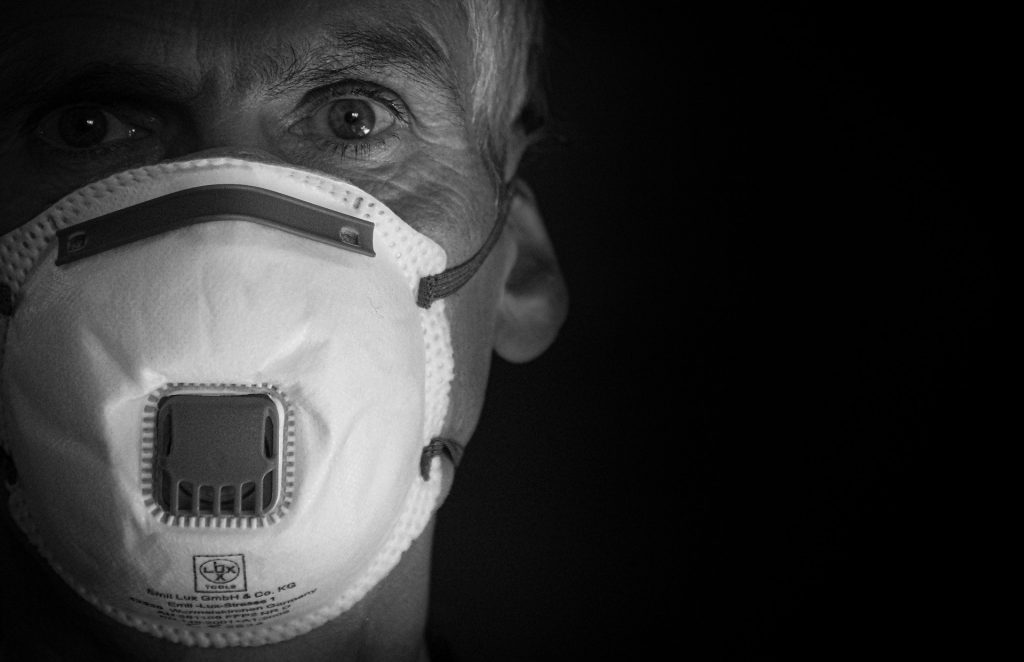Balanced Healing is launching a Weekly Life series with inspirational, holistic articles covering the MIND, BODY & SOUL.
With March being the TB (Tuberculosis) awareness month in SA, it was pertinent to share some info and tips on maintaining healthy LUNGS.
Facts About TB
TB symptoms are very variable and depend on the type of TB. It is very difficult to diagnose TB just from the symptoms, as the symptoms can often be the same as those of another disease. So to diagnose TB it is always necessary to do at least one TB test.
If you have symptoms this is known as active TB. But if you have in your body the bacteria that cause TB but you do not have any symptoms this is known as latent TB.
- Tuberculosis (TB) is second only to HIV/AIDS as the greatest killer worldwide due to a single infectious agent.
4. In 2012, an estimated 530 000 children became ill with TB and 74 000 HIV-negative children died of TB.
7. The estimated number of people falling ill with tuberculosis each year is declining, although very slowly, which means that the world is on track to achieve the Millennium Development Goal to reverse the spread of TB by 2015.
Symptoms of TB
2. In 2012, 8.6 million people fell ill with TB and 1.3 million died from TB.
5. TB is a leading killer of people living with HIV causing one-fifth of all deaths.
8. The TB death rate dropped 45% between 1990 and 2012.
3. Over 95% of TB deaths occur in low- and middle-income countries, and it is among the top three causes of death for women aged 15 to 44.
6.Multi-drug resistant TB (MDR-TB) is present in virtually all countries surveyed.
9. An estimated 22 million lives saved through the use of DOTS and the Stop TB Strategy recommended by WHO.
The general symptoms or signs of active TB include weakness or feeling very tired, losing weight without trying, a lack of appetite, chills, fever (a high temperature of 38C or above) and night sweats.1
Pulmonary TB
Pulmonary TB is TB in the lungs. One of the early signs of pulmonary TB is often having a bad cough that lasts longer than three weeks, having pain in the chest, and coughing up blood or phlegm from deep inside the lungs.2
Symptoms of Extrapulmonary TB
Extrapulmonary TB, which is also known as disseminated or miliary TB, refers to all the different types of TB other than pulmonary TB.3 Generally the types of TB that do not affect the lungs. The main exception to this is the type of extrapulmonary TB known as Pleural TB. The general symptoms are the same as for pulmonary TB, but there can then be specific symptoms relating to the particular site or sites in the body that are infected.
Lymph node TB
Lymphadenitis is the inflammation and/or enlargement of a lymph node and is a common response to a variety of infections particularly in children.4 The only symptoms may be painless slowly enlarging lymph nodes, as there are often no general symptoms. The swollen lymph nodes are often in the neck area, although they can be in the groin. TB infection of the lymph nodes in the neck is sometimes referred to by the name Scrofula, or TB adenitis.5
Symptoms of skeletal (bone and joint) TB
The most common initial symptom is pain, but it depends on the bone or joint that is affected. There may also be curving of the affected bone or joint, as well as loss of movement in the affected bone or joint. The affected bone may also be weakened and may fracture easily.6 Spinal TB is also known as TB Spondylitis or Pott Disease. The symptoms of Pott disease depend on the stage of disease, and the affected site, but back pain is the earliest and most common symptom.7
TB meningitis
TB meningitis does not start with classic meningitis symptoms. It begins with vague, general symptoms of aches and pains, a fever, and generally feeling unwell. This lasts for anywhere from about 2 to 8 weeks. Only then do the more obvious symptoms like vomiting, severe headache, a dislike of lights, neck stiffness and seizures occur.8
Gastrointestinal TB, Abdominal TB or TB of the Kidneys
The symptoms of abdominal TB can be abdominal pain, diarrhoea, and bleeding from the anus or rectum. As with a number of other types of TB, the symptoms will depend on the exact area that is affected.9 For example TB in the kidneys can cause blood in the urine.
Symptoms of TB in children
In a similar way to adults the symptoms of TB in children depend on the type of TB that the child has. Children usually have pulmonary TB and the symptoms are usually a chronic cough, a fever and failure to thrive or weight loss. Children develop extra pulmonary TB (disseminated TB) more often than adults.10 Disseminated or Miliary TB, such as TB meningitis particularly occurs in children less than three years old.
TB Prevention
TB prevention consists of several main parts:

1. Stopping The Transmission Among Adults
Firstly there is a need to stop the transmission of TB from one adult to another. This is done through firstly, identifying people with active TB, and then curing them through the provision of drug treatment. With proper TB treatment someone with TB will very quickly not be infectious and so can no longer spread TB to others. If someone is not on treatment, then precautions such as cough etiquette, must be taken to prevent TB spreading from one adult to another. Anything which increases the number of people infected by each infectious person, such as ineffective treatment because of drug resistant TB, reduces the overall effect of the main TB prevention efforts. The presence of TB and HIV infection together also increases the number of people infected by each infectious person. As a result it is then more likely that globally the number of people developing active TB will increase rather than decrease.

2. TB precautions, cough etiquette
TB is caused when a person breathes in TB bacteria that are in the air. So it is important that people with TB, who are not on effective treatment, do not release TB bacteria into the air when they cough. Cough etiquette means that if you have TB, or you might have TB, then when you cough you should cover your mouth and nose with a tissue. You should put your used tissue in a bin. If you don’t have a tissue then you should cough or sneeze into your upper sleeve or elbow. You should not cough into your hands. After you have coughed you should wash your hands.1

3. Other TB prevention activities
There are several other TB prevention activities. This includes preventing people with latent TB from developing active, and infectious, TB disease. TB infection control including the use of masks & respirators, which means preventing the transmission of TB in such settings as hospitals & prisons. The pasteurization of milk also helps to prevent humans from getting bovine TB. There is a vaccine for TB, but it makes only a small contribution to TB prevention. It does little to interrupt the transmission of TB among adults.

4. Preventing TB Transmission in Households
In order to reduce exposure in households where someone has infectious TB, the following actions should be taken whenever possible:
+Houses should be adequately ventilated, +Anyone who coughs should be educated on cough etiquette and respiratory hygiene, and should follow such practice at all times, +While smear positive, TB patients should: Spend as much time as possible outdoors, +If possible, sleep alone in a separate, adequately ventilated room, +Spend as little time as possible on public transport, +Spend as little time as possible in places where large numbers of people gather together.
If you suspect that you or any of your loved ones may have TB or symptoms of TB, contact your local Healthcare practitioner as soon as possible. Rather be safe than sorry.
To heal your Body, book an appointment with Balanced Healing: Contact Sister Bridget Spargo @ 083 653 7470 or b@balancedhealing.co.za.
References
Website: https://tbfacts.org/
Website: TB Awareness Month https://www.gov.za/TBAwarenessMonth2020#

